Autism Spectrum Disorder (ASD) is a complex neurodevelopmental condition that affects communication, behavior, and social interactions. Identifying early signs of autism in babies is crucial for timely intervention, which can significantly improve outcomes for children. Although each child develops at their own pace, certain behaviors may indicate a need for further evaluation. Here are some early signs parents and caregivers can look for.
Other Topics You Might Like
Helpful Products You Might Like
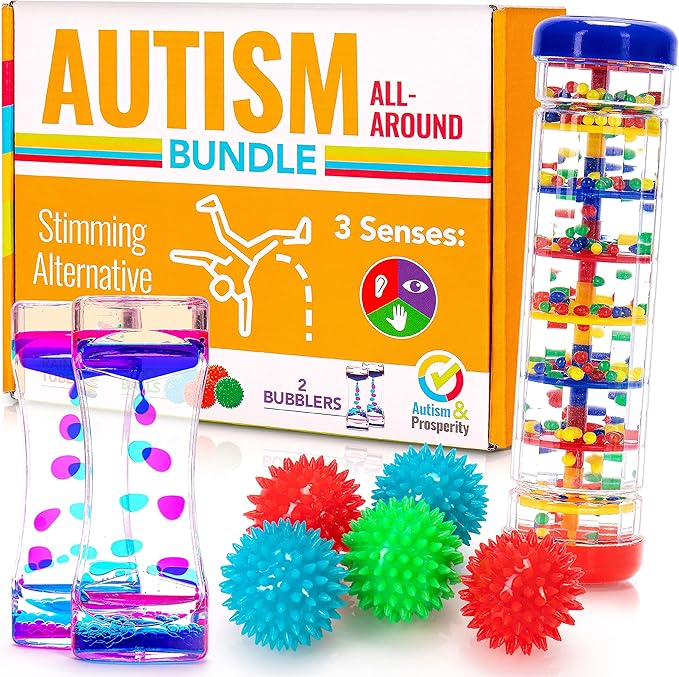
Autism Sensory Products Bundle Sensory Toys for
Kids
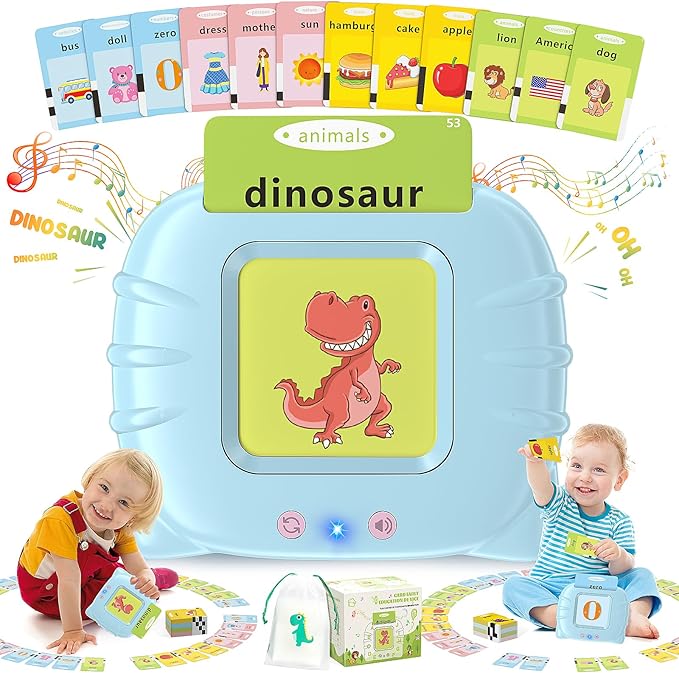
Toddler Uladis Speech Therapy Toys for Autistic Children
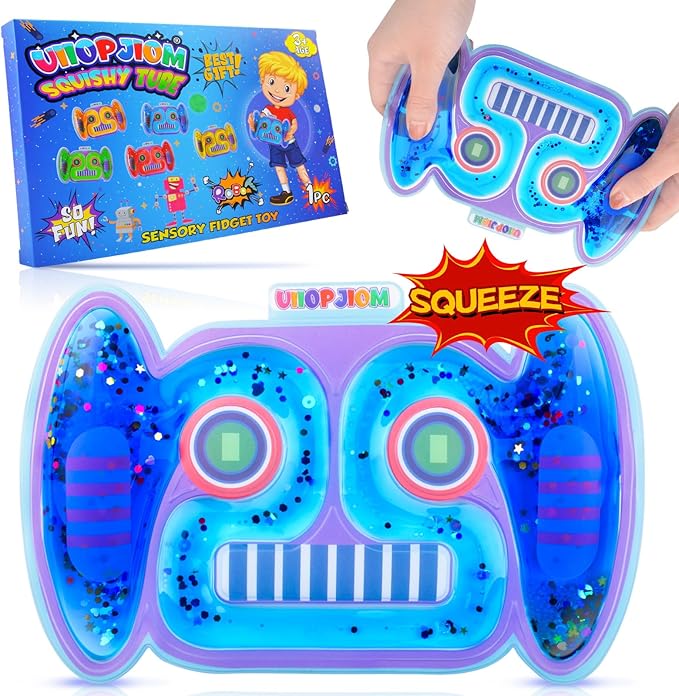
Sensory Fidget Autism Calming Down Car Travel
Toys
"(Paid Links)" 
Social Engagement
Social engagement is one of the first sign to observe i. Babies typically demonstrate a curiosity toward those around them. Many will smile and, in a more elaborate expression, coo or babble by six months of age and above when a caregiver engages them. However, if a baby seems to shy away from making eye contact, does not acknowledge their name being called, and is indifferent to what usually are thrilling games like peek-a-boo, this may indicate autism.
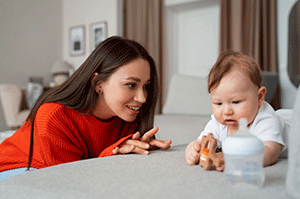
Communication Skills
Communication skills are another critical domain to observe progressing in the child. Naturally, all children will develop in a different time span however, it is not uncommon for babies of about 12 months of age to utter simple words like “mama” or “dada” and utilize hand movements. Suppose a child does not say a single word by this stage of their development or does not make gestures like waves goodbye or points to express desire. In that case, this can be interpreted as a possible scenario of a developmental delay. Finally, the absence of babbling or speech that falls outside of the known range ought to prompt further examination.
Play and Imagination
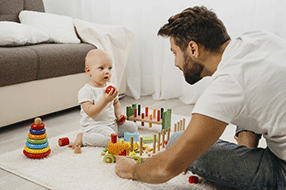
Playing is an essential part of development in the early years as it helps children understand their environment, including social interactions. Typically developing children engage in a lot of exploratory play, role-playing or using things creatively. In contrast, children with autism may be less interested in playing cooperatively or seeking out social interactions. They might be more interested in the sensory features of the toy, for example, spinning a wheel, rather than in pretending with a toy. A child who engages in certain repetitive behaviors, for example, arranging blocks into rows or playing with specific items, may be displaying symptoms of autism as well.
Response to Sensory Input
Sensory processing is another area that you can notice and may reveal some concerns. Confident children with autism exhibit hypo or hyper sensitivity to specific sensory inputs, say speech, lights, or textures. This can, for instance, mean that they have some aversion to certain cloth materials or may get distressed due to loud noise. On the other hand, some children may show a lower threshold for sensitivity and actively pursue sensory stimulation which would otherwise be avoided by other children, for instance, spinning or banging things around.
Emotional Development
Emotional development is yet another area that may provide some windows. Infants that are developing properly go through consecutive emotional states varying from joy to rage to anxiety, as well as being able to react accordingly to social stimuli. The lack of these emotional expressions or the passive attitude of reaching out for caregivers when the infant is upset can also suggest some early signs of autism. In addition, an unsettled interest in social games and an inability to master simplistic forms and rules of social turn-taking can be more factors that may signify an emerging developmental problem.
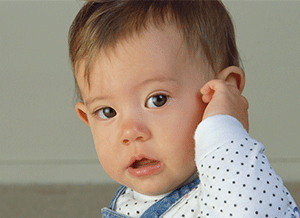
Conclusion
However, having one or more of these signs does not automatically indicate that a child has been diagnosed with autism, and parents or caregivers should always take this with caution, seeking help from medics if concerns arise. Moreover, providing services to these children in the earliest moments could lead to the most acceptable treatment results in the child’s communication and sociability, and even general development.
